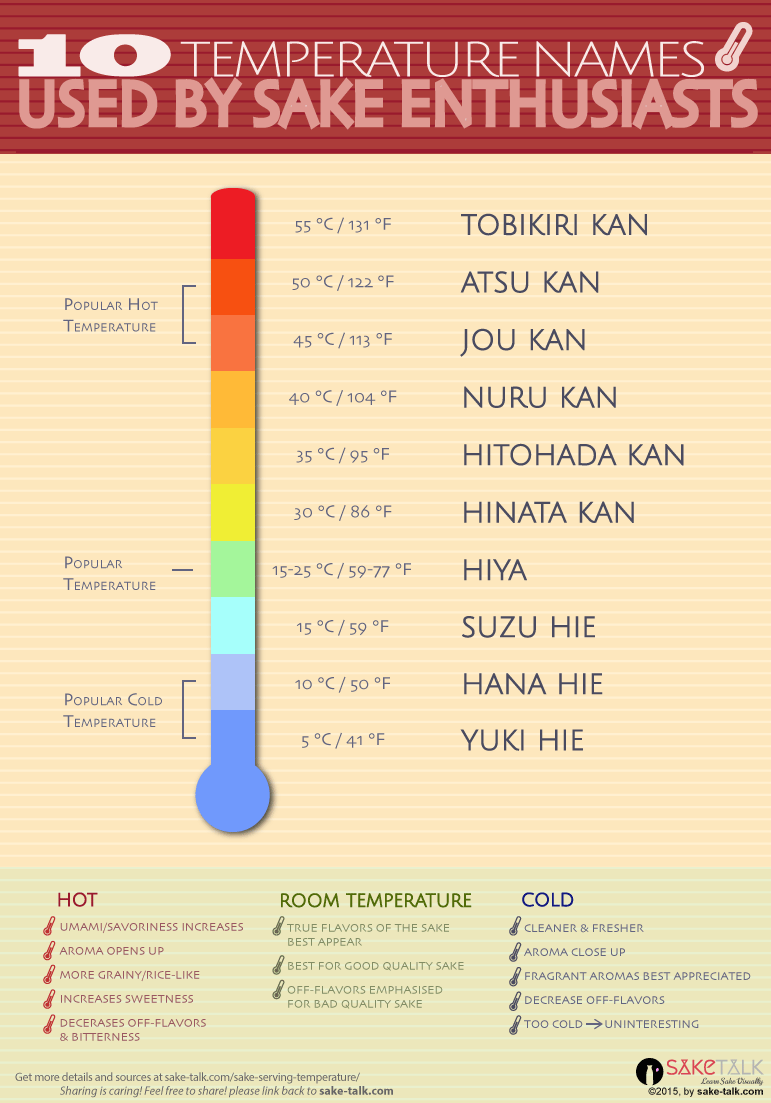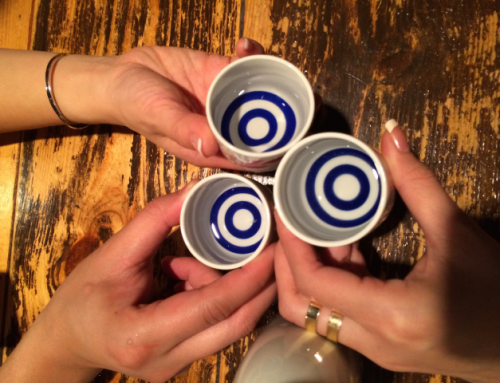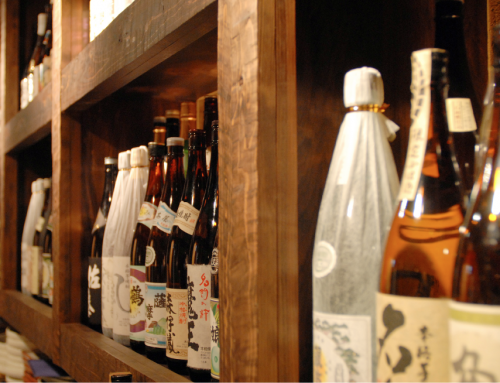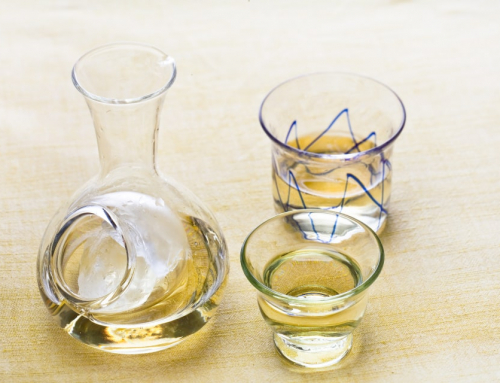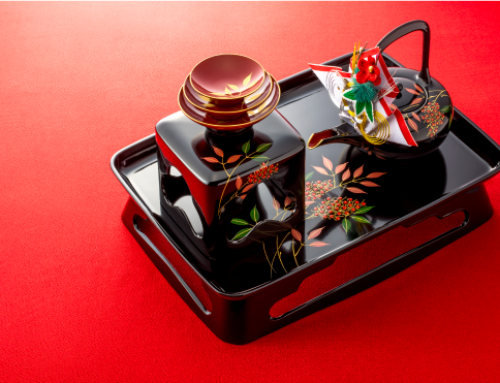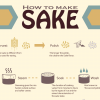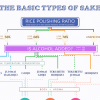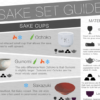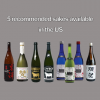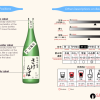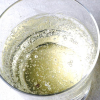Contents
Sake serving temperature is not just cold, warm or at room temperature. It’s not that simple. There are actually 10 names for different sake serving temperatures.
Learn and find your favorite Sake temperature!
Want to know the best sake serving temperature of each type of Sake? Check out Best Sake Serving Temperature page.
Sake Serving Temperature Names used by Sake Enthusiasts
55℃/131℉ Tobikiri-Kan (飛びきり燗) : Hot. Very strong in flavor, becomes super-dry.
50℃/122℉ Atsukan (熱燗): Slightly hot. Sharp flavors. Dry texture.
45℃/113℉ Jo-Kan (上燗): Warm. Steam puffs out when sake is poured into a glass.
40℃104℉ Nuru-Kan (ぬる燗): Close to body temperature. moderately warm. Aromas open up the most. Mild flavor.
35℃/95℉ Hitohada-Kan (人肌燗): A bit lower than body temperature. slightly warm. Aromas of rice and Koji become rich.
30℃/86℉ Hinata-Kan (日向燗): neither warm or cold. Aromas open up. Smooth texture
18-28℃/64-82℉ Hiya (冷や): Room temperature. The orginal flavors and aromas can be enjoyed as they are.
15℃/59℉ Suzu-hie (涼冷え): Fragrant aromas. Thick texture.
10℃/50℉ Hana-hie (花冷え): kept in fridge for a few hours. Clean.
5℃/41℉ Yuki-hie (雪冷え): Very cold. Aromas close up. Clean texture can be enjoyed.
Which Names are Popular in Japan?
Actually, only Sake geeks would know all of these 10 names. Even many Japanese don’t know all of them. So which ones are common in Japan?
- Atsukan: This often refers to ‘Hot Sake’ in general. (Although it actually refers to 55℃/131℉ to be specific.)
- Nurukan: This is popular with Sake enthusiasts. It’s not as hot as Atsukan, but you can still feel the warmth of Sake.
- Hitohada Kan: Similiar to Nurukan – popular with Sake enthusiasts. When you say you like to drink Sake at Nurukan or Hitohada Kan, it sounds like you know stuffs.
- Hiya: This is a popular temperature with Sake enthusiasts (I myself really love it), referring to room temperature.
Hiya is misunderstood as ‘cold Sake’ by many Japanese (very frustrating!). This is because Hiya (冷や in Kanji) literally means ‘Cold’. Japanese dictionaries define Hiya as ‘Sake that is not warmed.’
Until recently, there had been no Cold Sake – just hot Sake and room-temperature Sake. Cold Sake emerged only since the invention of refrigerators. Therefore, Hiya meant ‘Sake at room temperature’ in those days. Today, many Japanese (except enthusiasts) drink Sake only hot or cold. Thus, Hiya is misunderstood as cold Sake by those who don’t know its original meaning.
The safest way to call ‘room-temperature Sake’ is Jouon, literally meaning ‘room temperature.’
How Do You Say Hot and Cold Sake in Japanese?
When you are at a restaurant or pub in Japan, you often have only 2 choices – hot and cold. How do you say them in Japanese?
- Cold Sake: Reishu (冷酒). Some say Hiya (冷や) but it refers to room temperature Sake.
- Hot Sake: Okan / Kanshu / Atsukan (お燗/燗酒/熱燗). Atsukan refers to 55℃/141℉ to be specific, but many Japanese use it to refer to Hot Sake.
- Room Temperature: Jouon (常温). Hiya is controversial as explained above.
Although room temperature option is sometimes not written on a drink menu, you can easily ask a waiter to make your Sake at room temperature. You can enjoy the true taste of the Sake at room temperature.
Why Does Sake Serving Temperature Range 5℃-55℃?
Minimum Sake Temperature is 5℃ / 41℉. It can’t go lower than that because Sake would be frozen. (Although frozen Sake does exist, called Mizore Zake)
Maximum Sake Temperature is 55℃/131℉. Sake can’t go beyond 60 ℃ as it would start to evaporate, and Sake flavors and aromas would go away.
Take It Simple
Sake is just like wine really, when it comes to whether to drink it chilled or warmed; you would probably drink lighter-bodied, clean white wine chilled, and drink savory, fuller-bodied red wine at room temperature (or warmed in case of sake).
However, this is just an indication. It’s really up to your preferences, moods, climate, etc. While some like to drink a certain sake chilled, others might like to drink it at room temperature. I myself often love to drink good quality Sake at room temperature because it best reveals its true flavors and aromas.
The best thing is to try your sake at various temperatures to find your favorite Sake serving temperature!

